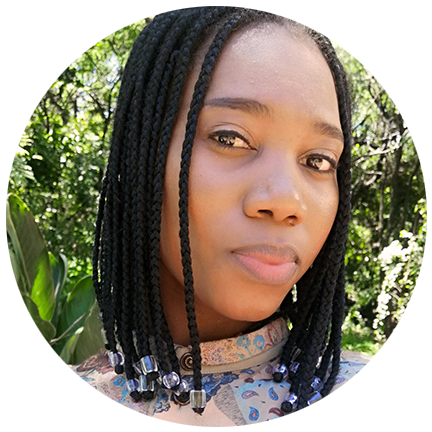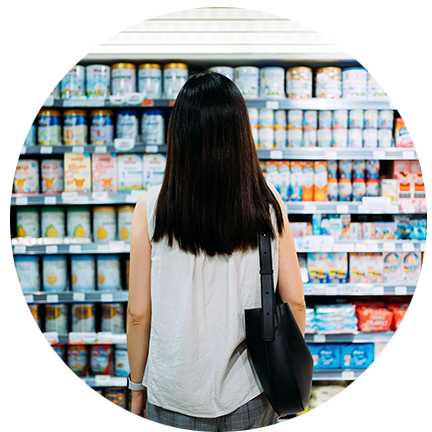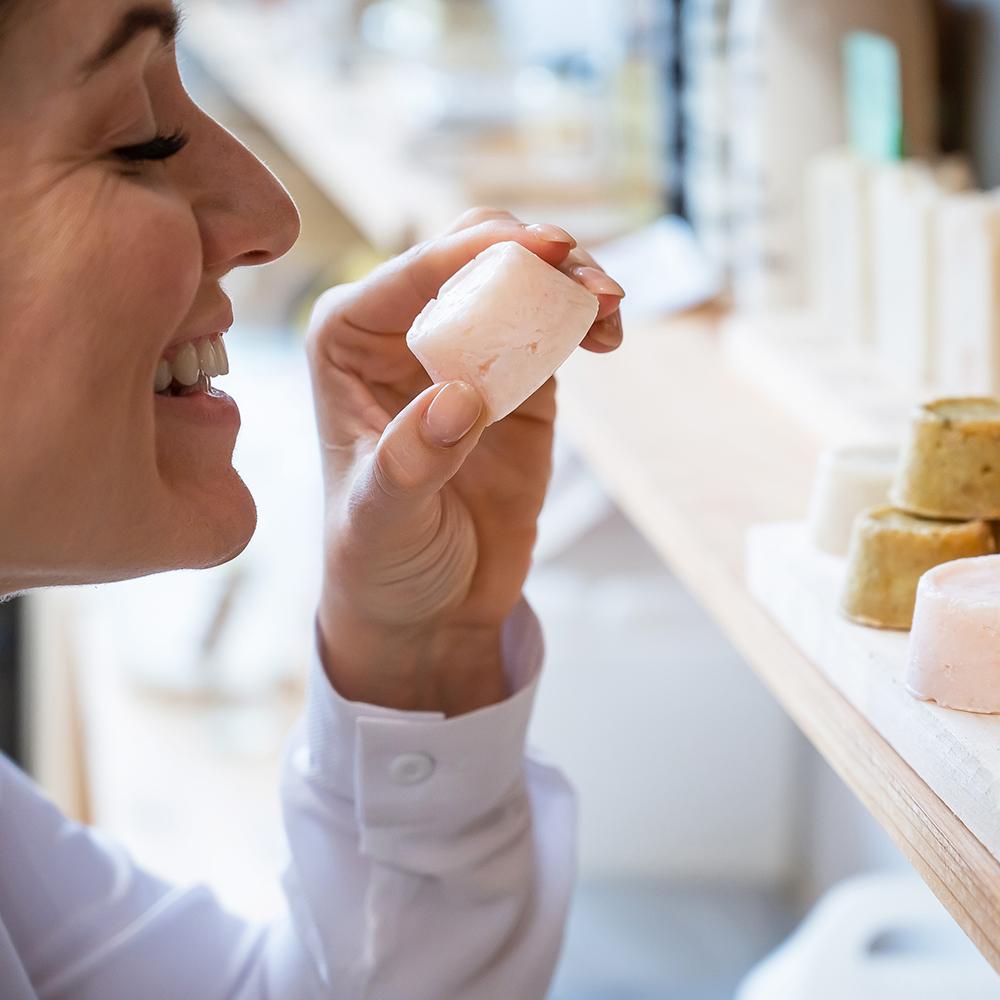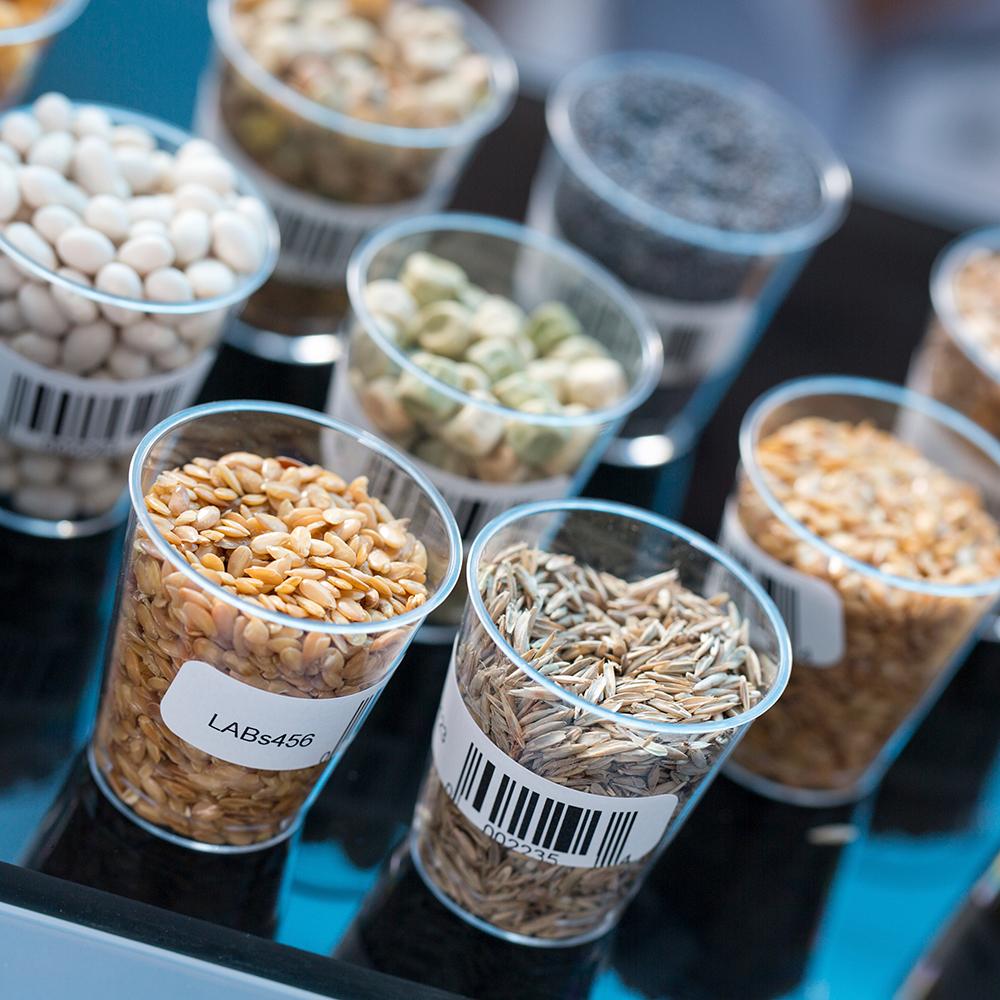UC Davis Division of Continuing and Professional Education is the industry-recognized leader in the education of sensory science professionals. Approved by the UC Davis Department of Food Science and Technology, our online program is the only one of its kind and is continually updated to reflect current and innovative methods in the area of sensory science and consumer testing. Join our global community of sensory science professionals.
- Related article: Career Outlook: Sensory and Consumer Science
Who Is This Program For?
- Early-stage sensory scientists who want practical skills to advance their career
- Business people who need foundational knowledge to communicate effectively with sensory scientists
- Mid-career professionals seeking the academic background to complement their work experience
- Experienced professionals looking to learn the latest methods, techniques and business applications
What You’ll Learn
Designed for working professionals, this program combines academic and real-world expertise and explores new techniques, as well as the foundational theory behind current methods of sensory evaluation for both edible and non-edible products. You'll learn:
- Physiological and psychological bases for sensory evaluation and consumer testing
- Methods, theories and approaches used in sensory evaluation and consumer testing
- Tools for managing sensory evaluation resources and activities and their interaction with other business units
- Research techniques and frameworks for understanding consumer behavior
- Applied business skills to advance sensory initiatives and develop successful new products
What You'll Get
- Flexible online learning that won’t interfere with your job
- Opportunity to learn new sensory evaluation techniques
- Sensory science theory, tools and techniques for on-the-job application, backed by UC Davis Food Science and Technology
- Academically rigorous, graduate-level courses that offer a career-focused alternative to a master’s degree
- A professional network of instructors and peers from global brands such as Pepsi, Nestle, L’Oreal, Constellation Brands and Mondelez
- The skills and confidence to move into new roles, take on bigger projects and advance your career

"I needed the fundamental background to be recognized as a sensory scientist UC Davis was the place to go."
Cost Breakdown
- Program cost: $8,800 ($2,200 per course)
- Course reader packs will cost approximately $100-$150 per course (or $400-$600 for the program).
Group Discounts Available: Organizations sending three or more students are eligible for a 10% discount. Contact Student Services at (800) 752-0881 to request this discount.
Additional Resources
How to Get Started
- Sign up for a free information session – Learn more about the program by enrolling in a free info session. If an information session for this program is not currently open for enrollment, click on “notify me,” and we’ll contact you when the next one becomes available.
- Contact our Enrollment Coach, Kristy Craig, if you would like to schedule an appointment. She can speak with you about our program, answer your questions and help ensure it’s the right fit for your goals. Schedule your 30-minute conversation with Kristy.
- Access free career resources. Our students have free access to tools for career planning, resume writing, interview practice and more.
Courses Open for Enrollment

Watch a Sample Lesson Sign up for a free sample lesson from our Applied Sensory and Consumer Science Certificate Program.
**Bureau of Labor Statistics




